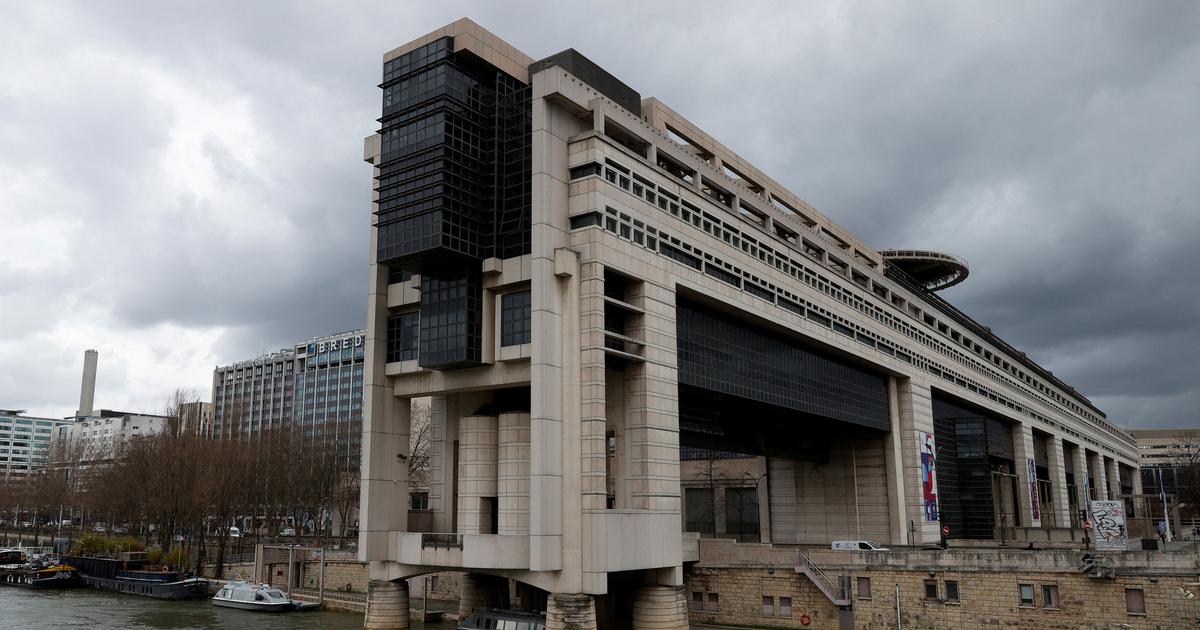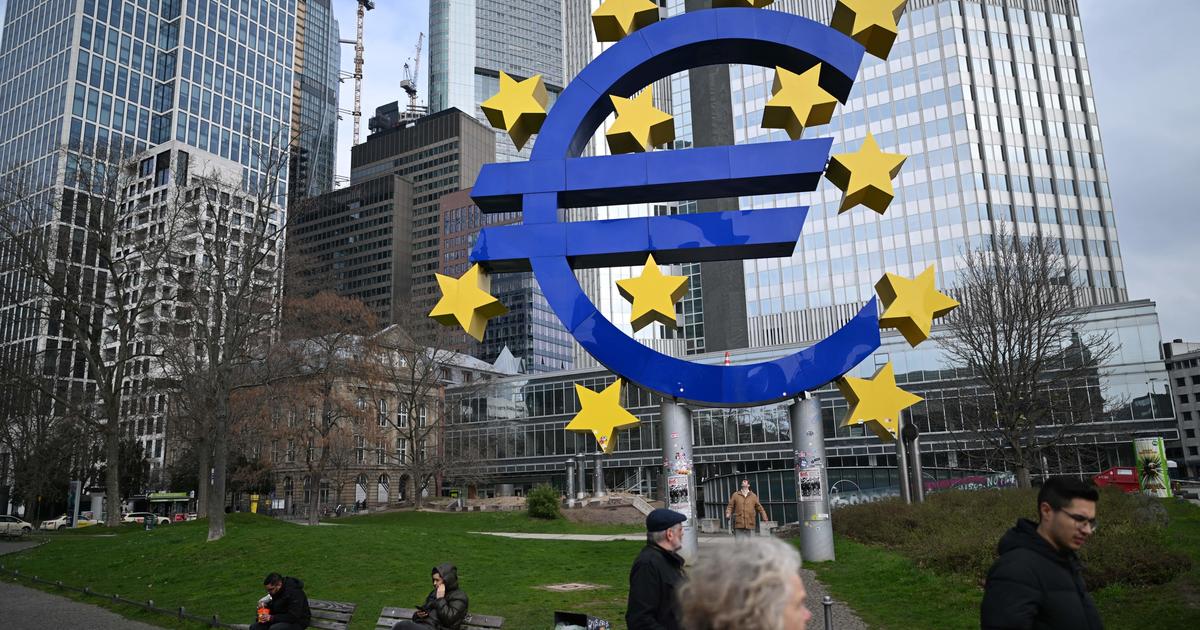Several passersby, at the end of September in São Paulo.AMANDA PEROBELLI / Reuters
It is the biggest recession in more than a century, but also some elements for hope.
The collapse of the Latin American economy this year will be enormous, the second largest in the world only behind the euro zone, but somewhat less than initially expected.
The International Monetary Fund (IMF) on Tuesday improved its forecast for the decline in GDP for 2020 - the 9.4% plunge it forecast in June becomes an equally alarming but substantially lower 8.1% - and remains practically stable (a reduction of one tenth is practically nothing) that of the recovery in 2021: the rebound remains at 3.6%.
The collapse caused by the coronavirus will be generalized throughout the region, but - always apart from Venezuela - Peru, Argentina and Ecuador will bear the worst of it with decreases of 13.9%, 11.8% and 11%.
The position of the two seconds, immersed in individual bailouts from the IMF itself, is especially compromised.
The upward revision of the IMF's outlook for the region in this 2020 to forget comes in parallel to a generalized improvement on a global scale: less than three months before the end of the year, the forecast for the collapse of world GDP remains at 4 , 4%, five tenths less than predicted.
The rebound of 2021, although it drops slightly (two tenths), remains clearly above 5%, with which - if these projections are met - the world will recover the level prior to the covid-19 before the end of next year .
Something that, until now, was not so clear.
Still, per capita income - an indicator that already takes population growth into account - will not return to pre-crisis levels until early 2022.
In the regional case, the rise is especially significant in one case: Brazil.
The 9.1% drop that the agency projected for this year remains at 5.8%, which implies that, with a bit of luck, the South American giant will recover the pre-crisis GDP level throughout 2022. As a bloc, Latin America and the Caribbean will have to wait for something more: at the earliest, until 2023, according to the latest World Bank projections that are supported by the new macroeconomic framework of the IMF.
The chief economist of the Fund, Gita Gopinath, this Tuesday put black on white a trend that was sensed since the beginning of the health crisis: the countries most dependent on services that require interaction between people and exporters of raw materials (and , most particularly, oil) will be the hardest hit, while the most manufacturing will come out before the recession.
With this pattern, Latin America has the potential to lose on several fronts: the Caribbean is one of the most touristic regions in the world, several countries in the area —especially in South America— depend on income from the export of basic products and practically none of its countries —except for Brazil and Mexico— have a mainstay of their economy in the industry.
However, the worst numbers outlined back in June, when strict confinements were still the norm and no indicator was green, are gradually being left behind.

/cloudfront-eu-central-1.images.arcpublishing.com/prisa/WPL4P5UTG5AFROPO6HTFWCYMQQ.jpg)



/cloudfront-eu-central-1.images.arcpublishing.com/prisa/V7VWQYKVFVAJDPG3TQOP75Y74M.jpg)









